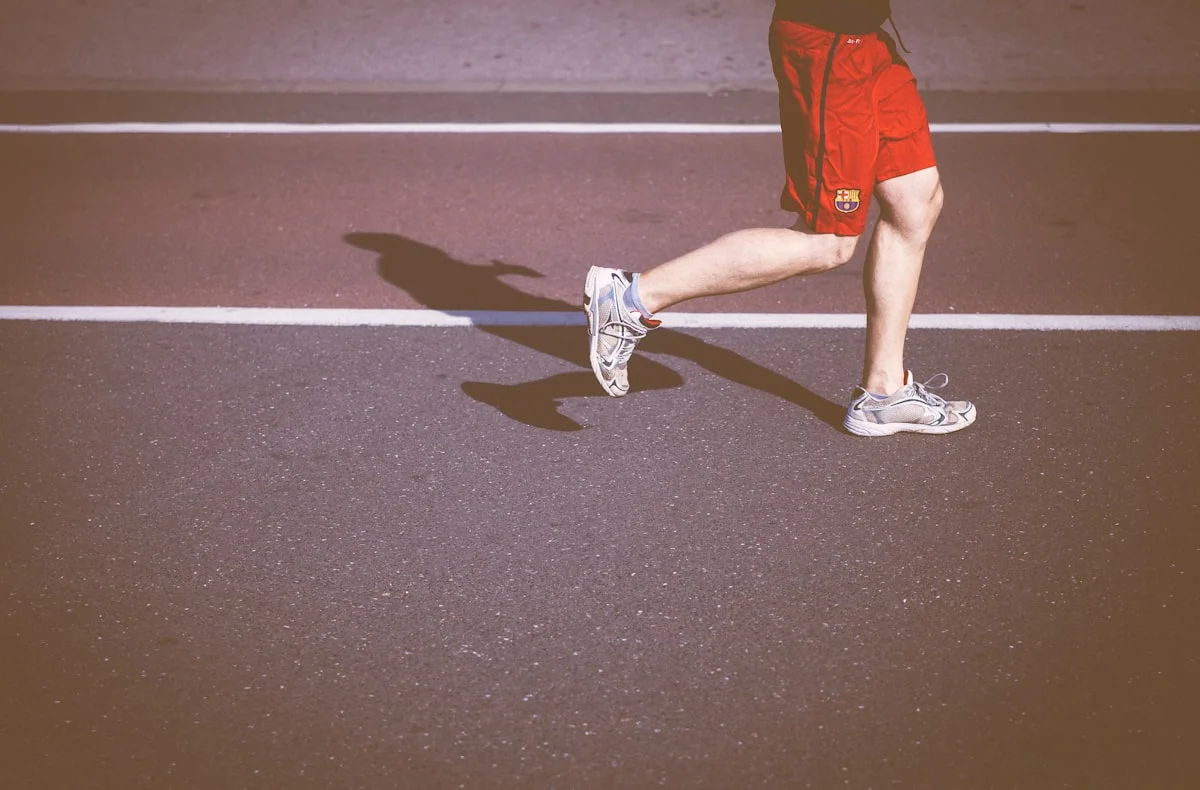At-Home Physical Therapy Exercises for Knee Pain from Running (2025 Guide)
If you’re a runner struggling with persistent knee pain, you’re not alone. Knee pain exercises can help alleviate discomfort, improve mobility, and prevent future injuries. Whether you’re dealing with runner’s knee, IT band syndrome, or general soreness, these at-home physical therapy exercises for knee pain from running can provide relief without expensive equipment or clinic visits. In this 2025 guide, we’ll explore effective knee pain exercises backed by expert recommendations to keep you moving pain-free.
Understanding Knee Pain from Running
Knee pain is one of the most common complaints among runners, often caused by overuse, poor biomechanics, or muscle imbalances. Conditions like patellofemoral pain syndrome (runner’s knee), iliotibial (IT) band syndrome, and meniscus irritation can sideline even the most dedicated athletes. The good news is that targeted knee pain exercises can strengthen weak muscles, improve flexibility, and correct imbalances that contribute to discomfort. Before starting any new routine, consult a healthcare professional if your pain is severe or persistent.
Best Knee Pain Exercises for Runners
Strengthening the muscles around your knees is crucial for stability and injury prevention. One of the most effective knee pain exercises is the straight-leg raise. Lie on your back with one leg bent and the other straight. Slowly lift the straight leg to about 45 degrees, hold for a few seconds, then lower it. This exercise targets the quadriceps without placing excessive strain on the knee joint. Perform 10-15 repetitions per leg for optimal results.
Another essential movement is the clamshell, which strengthens the gluteus medius—a key muscle for hip stability. Lie on your side with knees bent and feet together. Keeping your hips stacked, lift the top knee while keeping your feet touching. Lower slowly and repeat. Weak glutes often contribute to knee pain in runners, making this exercise a must for injury prevention.
Stretching Exercises for Knee Pain Relief
Tight muscles can exacerbate knee pain, so incorporating flexibility work is just as important as strength training. A simple yet effective stretch is the standing quad stretch. Hold onto a wall or chair for balance, bend one knee, and grab your ankle to gently pull your heel toward your glutes. Hold for 20-30 seconds, then switch sides. This stretch helps alleviate tension in the quadriceps, which can pull on the kneecap and cause discomfort.
For tight IT bands, try the seated figure-four stretch. Sit on the floor with one leg extended and the other crossed over, placing your ankle just above the opposite knee. Lean forward slightly to feel a stretch in your hip and outer thigh. Hold for 20-30 seconds per side. Regular stretching can improve flexibility and reduce strain on the knees during runs.
Low-Impact Knee Pain Exercises for Recovery
If your knee pain is acute, high-impact exercises may worsen symptoms. Instead, opt for low-impact knee pain exercises like swimming, cycling, or using an elliptical machine. These activities maintain cardiovascular fitness while minimizing joint stress. Additionally, water-based exercises provide natural resistance, helping to strengthen muscles without aggravating pain.
Yoga and Pilates are also excellent for runners with knee pain. Poses like the bridge (lifting hips while lying on your back) and seated leg lifts engage the core and lower-body muscles without excessive knee strain. Focus on controlled movements and proper alignment to maximize benefits.
Preventing Future Knee Pain
Consistency is key when it comes to knee pain exercises. Incorporate these routines into your weekly training plan, even when you’re not experiencing discomfort. Strengthening and stretching should be part of a runner’s long-term strategy to avoid recurring injuries. Additionally, evaluate your running form—overstriding, excessive heel striking, or weak hip stabilizers can contribute to knee pain.
Investing in proper footwear is another preventive measure. Shoes with adequate cushioning and arch support can reduce impact on the knees. If you’re unsure about your gait or shoe needs, visit a specialty running store for a professional assessment.
When to Seek Professional Help
While at-home knee pain exercises can be highly effective, some situations require medical attention. If your pain persists despite consistent exercise, worsens during activity, or is accompanied by swelling or instability, consult a physical therapist or sports medicine specialist. They can provide a personalized rehabilitation plan and identify underlying issues that may need targeted treatment.
Final Thoughts on Knee Pain Exercises for Runners
Knee pain doesn’t have to keep you from running. With the right knee pain exercises, you can strengthen weak areas, improve flexibility, and return to pain-free miles. Remember to start slowly, listen to your body, and progress gradually. By incorporating these exercises into your routine, you’ll not only alleviate current discomfort but also reduce the risk of future injuries. Stay consistent, and happy running in 2025 and beyond!

